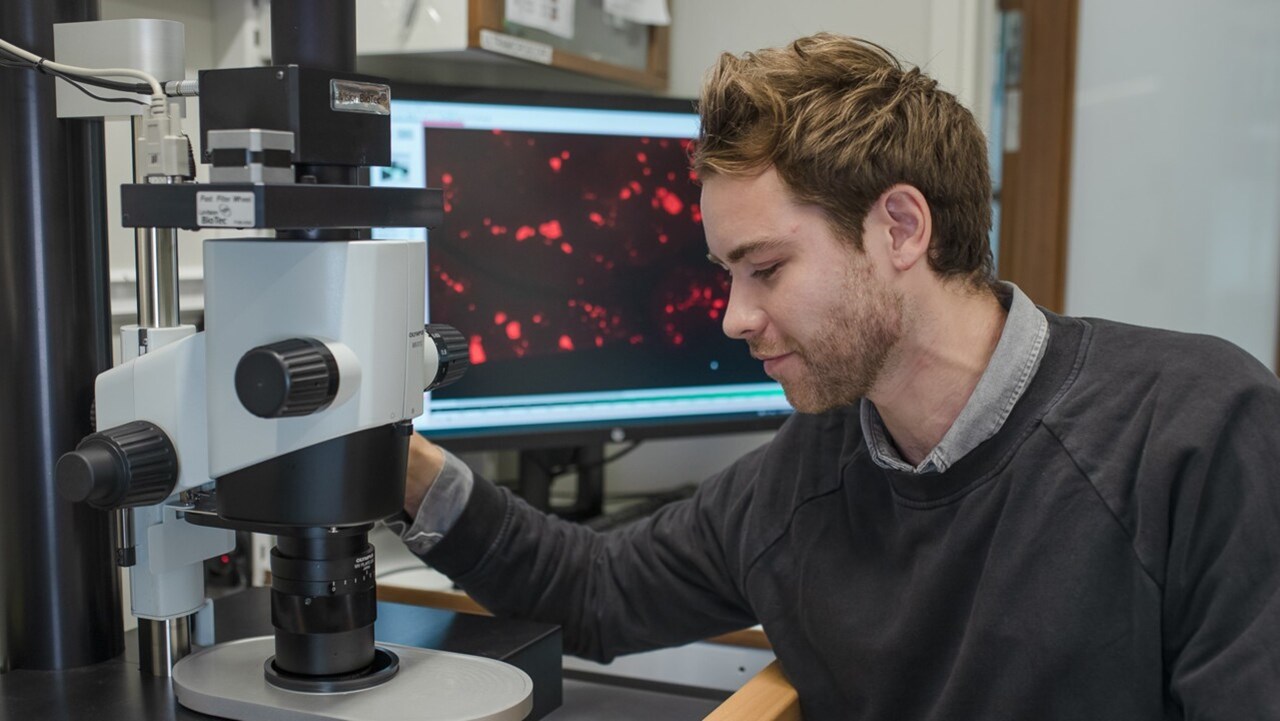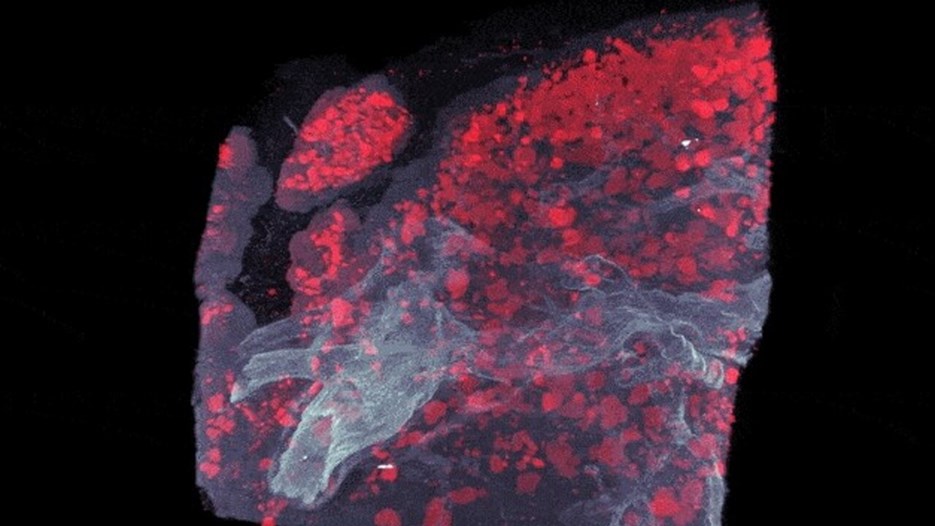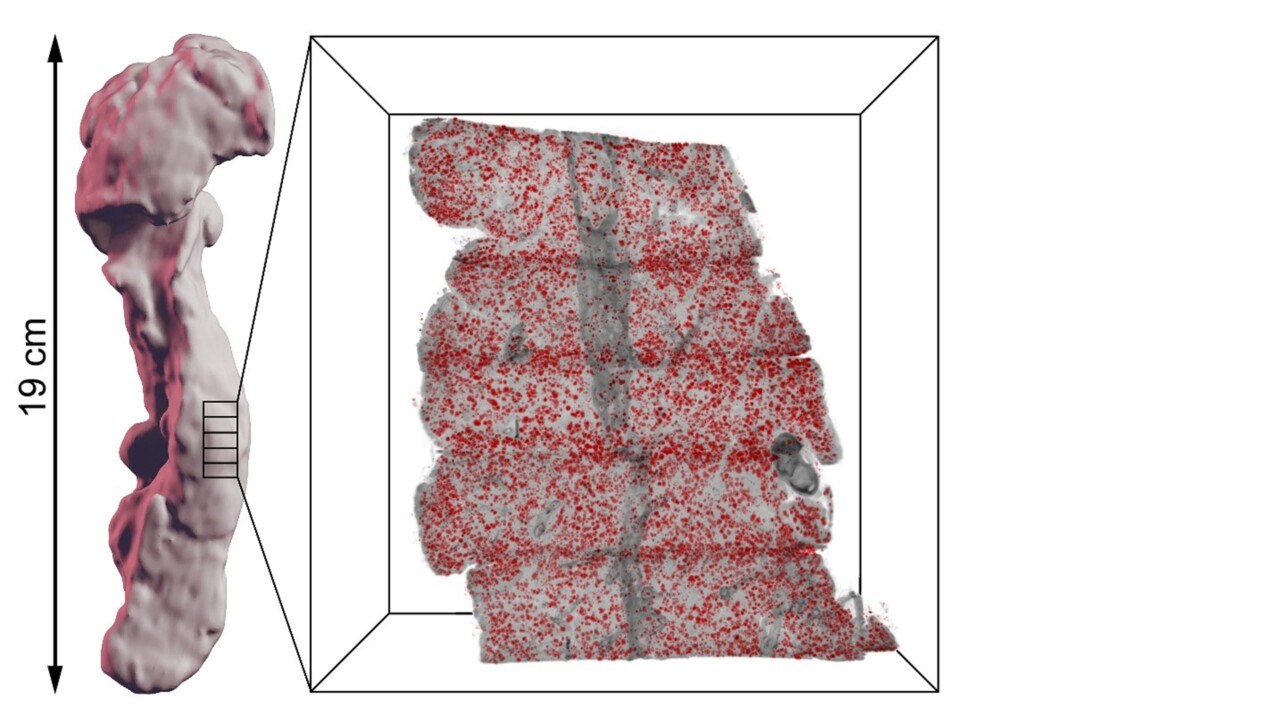About the scientific publication
3D imaging of human organs with micrometer resolution – applied to the endocrine pancreas
Max Hahn, Christoffer Nord, Maria Eriksson, Federico Morini, Tomas Alanentalo, Olle Korsgren and Ulf Ahlgren.
Communications Biology volume 4, Article number: 1063 (2021) Https://doi.org/10.1038/s42003-021-02589-x





